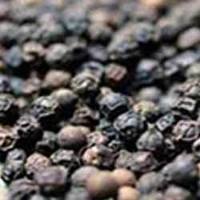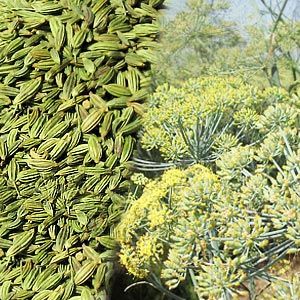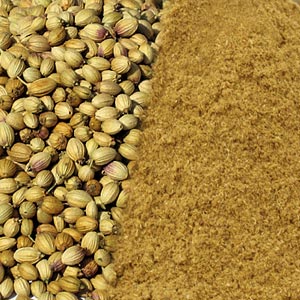
businessDestiny (India )
personMr. S Suzil
stay_current_portrait
View Mobile Number
home73, Nethaji Nagar,
Finger Post, , Ooty, TAMIL NADU, 643006, India

businessDestiny (India )
personMr. S Suzil
stay_current_portrait
View Mobile Number
home73, Nethaji Nagar,
Finger Post, , Ooty, TAMIL NADU, 643006, India

businessDestiny (India )
personMr. S Suzil
stay_current_portrait
View Mobile Number
home73, Nethaji Nagar,
Finger Post, , Ooty, TAMIL NADU, 643006, India

businessKSR International Marketing (India )
personMr RAJA
stay_current_portrait
View Mobile Number
home109/69, Ilayarasanendal Road,
Kovilpatti - 628502 ,
Thoothukudi (Dist),
Tamilnadu, INDIA., TUTICORION (Dist),KO, TAMIL NADU, 628502 , India

businessKSR International Marketing (India )
personMr RAJA
stay_current_portrait
View Mobile Number
home109/69, Ilayarasanendal Road,
Kovilpatti - 628502 ,
Thoothukudi (Dist),
Tamilnadu, INDIA., TUTICORION (Dist),KO, TAMIL NADU, 628502 , India

businessKSR International Marketing (India )
personMr RAJA
stay_current_portrait
View Mobile Number
home109/69, Ilayarasanendal Road,
Kovilpatti - 628502 ,
Thoothukudi (Dist),
Tamilnadu, INDIA., TUTICORION (Dist),KO, TAMIL NADU, 628502 , India

businessKSR International Marketing (India )
personMr RAJA
stay_current_portrait
View Mobile Number
home109/69, Ilayarasanendal Road,
Kovilpatti - 628502 ,
Thoothukudi (Dist),
Tamilnadu, INDIA., TUTICORION (Dist),KO, TAMIL NADU, 628502 , India

businessKSR International Marketing (India )
personMr RAJA
stay_current_portrait
View Mobile Number
home109/69, Ilayarasanendal Road,
Kovilpatti - 628502 ,
Thoothukudi (Dist),
Tamilnadu, INDIA., TUTICORION (Dist),KO, TAMIL NADU, 628502 , India

businessKSR International Marketing (India )
personMr RAJA
stay_current_portrait
View Mobile Number
home109/69, Ilayarasanendal Road,
Kovilpatti - 628502 ,
Thoothukudi (Dist),
Tamilnadu, INDIA., TUTICORION (Dist),KO, TAMIL NADU, 628502 , India

businessKSR International Marketing (India )
personMr RAJA
stay_current_portrait
View Mobile Number
home109/69, Ilayarasanendal Road,
Kovilpatti - 628502 ,
Thoothukudi (Dist),
Tamilnadu, INDIA., TUTICORION (Dist),KO, TAMIL NADU, 628502 , India